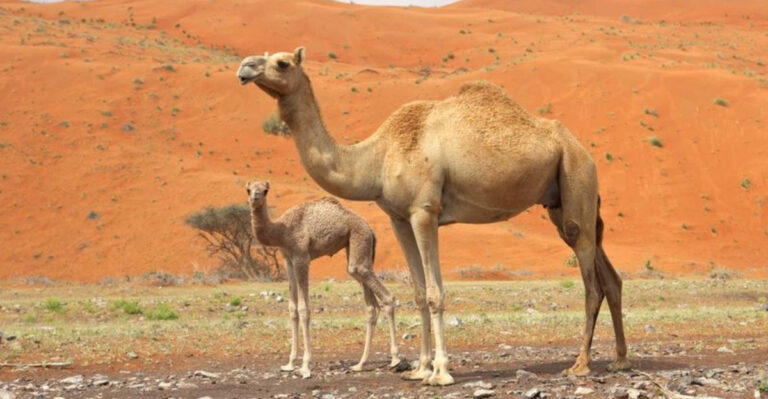11 Ways Beavers Help Shape The Ecosystems Across North America
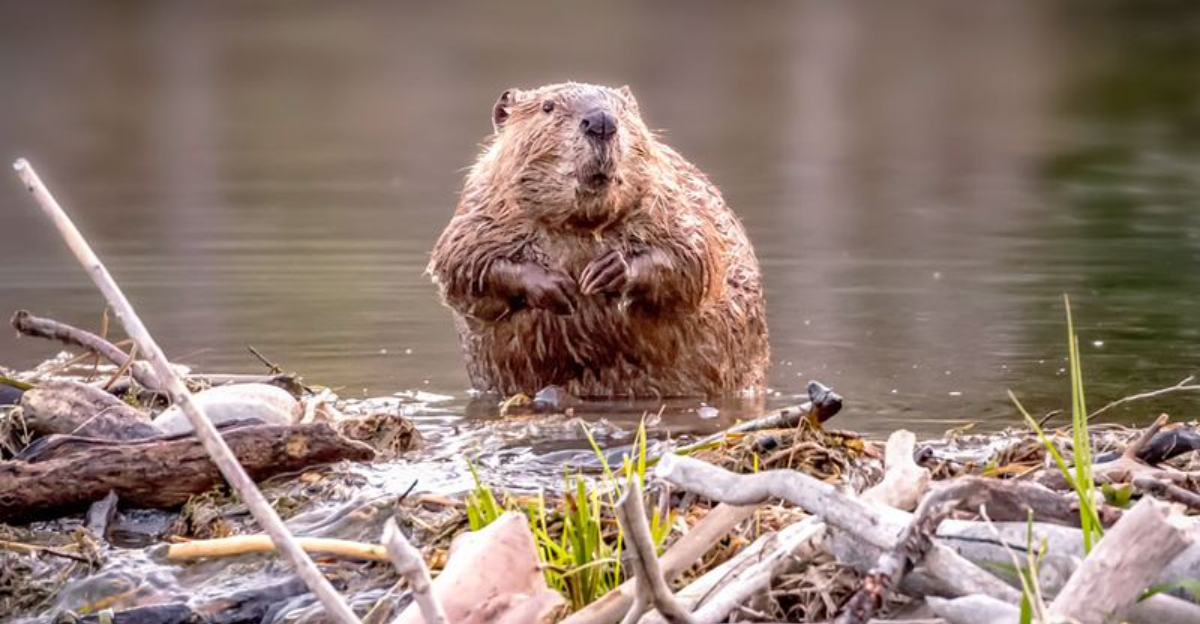
Beavers are remarkable architects of the natural world, playing an essential role in shaping ecosystems across North America. Their unique behaviors and natural instincts contribute to the health and diversity of various habitats, making them key players in environmental sustainability.
In this article, we’ll explore some fascinating ways through which beavers exert their influence on ecosystems, helping to maintain balance and promote biodiversity.
1. Damming And Water Management
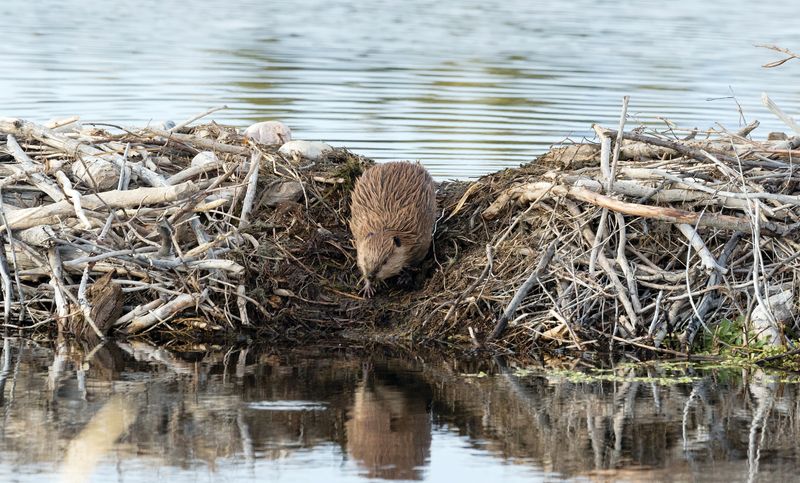
Beavers are nature’s skilled engineers, and their knack for building dams is nothing short of extraordinary. These structures help to manage water resources, creating ponds and wetlands that serve as habitats for various species. By slowing down the flow of water, beaver dams reduce erosion and improve water quality.
This process supports the growth of aquatic plants, providing food and shelter for fish and insects. Furthermore, beaver ponds act as natural reservoirs, storing water during dry periods and maintaining stable water levels.
2. Habitat Creation For Other Species
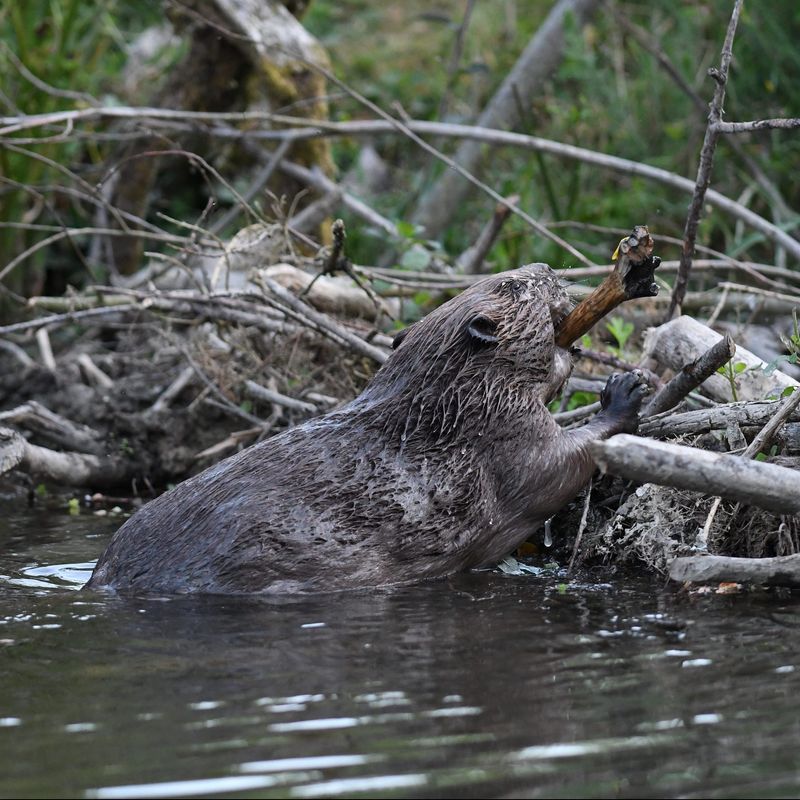
Beaver-created wetlands are bustling hubs of biodiversity, offering a sanctuary for numerous creatures. These areas provide nesting sites for birds, breeding grounds for amphibians, and refuge for fish. In essence, beavers lay the foundation for thriving ecosystems.
The presence of varied species attracts predators and enriches the food web. By fostering such diverse life, beavers play a pivotal role in maintaining ecological balance. Their actions result in dynamic environments, teeming with life and opportunities for scientific study.
3. Improved Water Quality
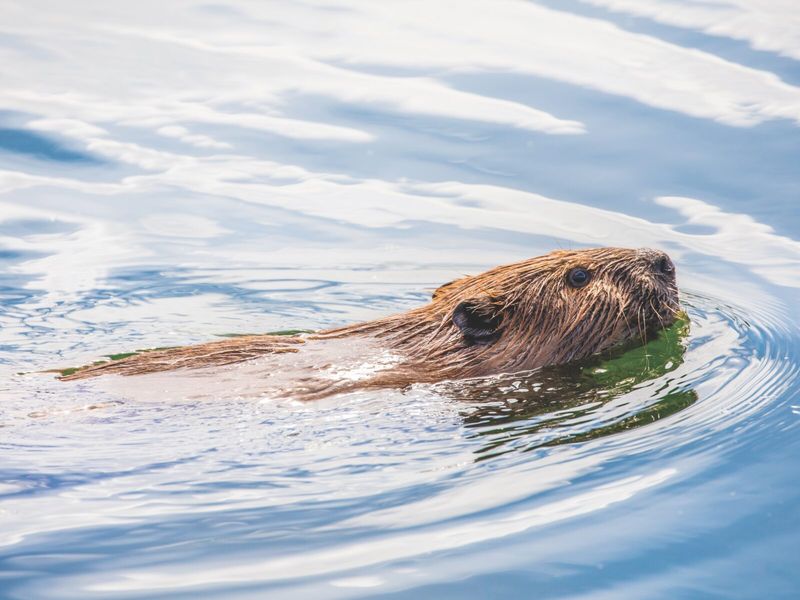
Beavers significantly enhance water quality by constructing their dams. These natural barriers trap sediments and pollutants, allowing cleaner water to flow downstream. As water filters through a beaver pond, it undergoes a natural purification process.
This improvement in water quality benefits both ecosystems and human communities living nearby. Cleaner water supports healthier aquatic life, contributing to vibrant ecosystems. The presence of beavers can thus be seen as a natural solution for maintaining pristine waterways.
4. Erosion Control
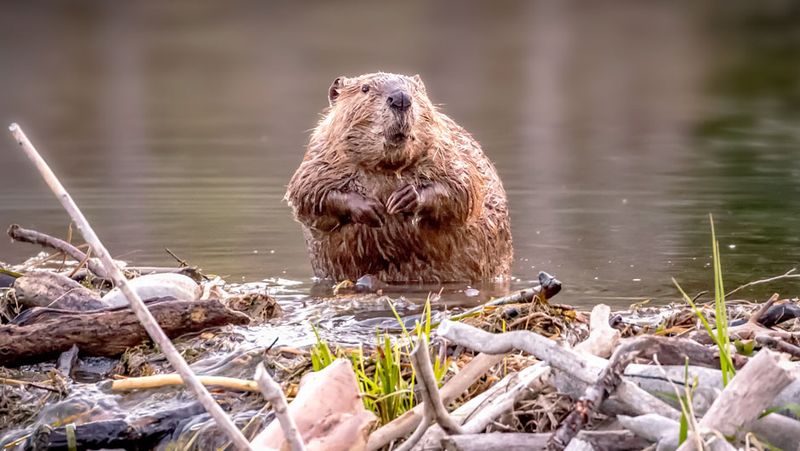
Beaver dams play a crucial role in erosion control by stabilizing stream banks and reducing the speed of water flow. This results in less soil being washed away, preserving the integrity of the landscape. By creating pools of standing water, beavers prevent rapid erosion during heavy rainfall.
Over time, these stable areas allow plants to establish roots, further anchoring the soil. The combination of natural engineering and vegetation growth ensures that ecosystems remain robust and resilient against natural forces.
5. Groundwater Recharge
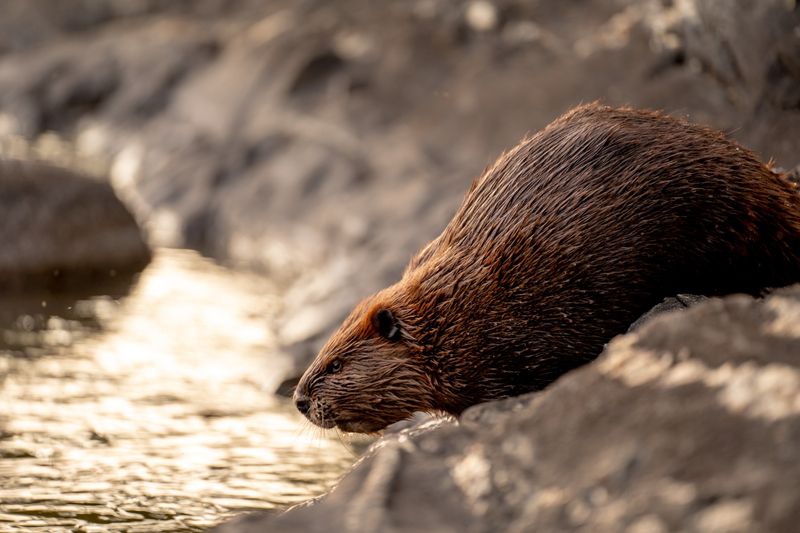
One lesser-known benefit of beaver activity is groundwater recharge. The ponds and wetlands they create allow water to permeate the soil, replenishing underground aquifers. This process is vital for maintaining long-term water availability in many regions.
Groundwater recharge supports both plant and animal life by ensuring a steady supply of water. Beavers, through their industrious nature, inadvertently contribute to the sustainability of water resources far beyond their immediate vicinity.
6. Carbon Sequestration
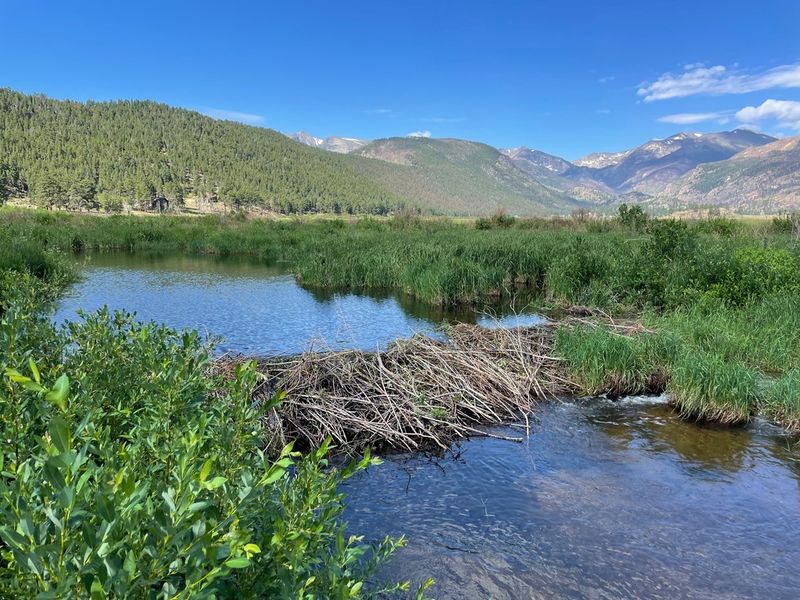
Beaver ponds are effective carbon sinks, capturing carbon dioxide from the atmosphere and storing it in plant biomass and wetland soils. This natural sequestration contributes to reducing greenhouse gases and mitigating climate change.
The organic matter in these wetlands decomposes slowly, locking away carbon for extended periods. Beavers, through their habitat-creating activities, inadvertently play a part in the global effort to curb climate change by fostering environments that sequester more carbon.
7. Biodiversity Enhancement
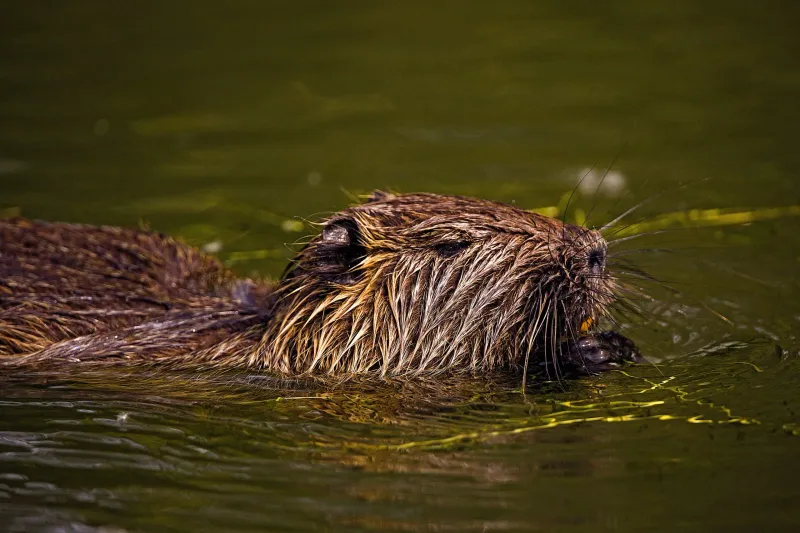
The presence of beavers significantly boosts biodiversity by altering landscapes to accommodate a variety of species. Their ponds and wetlands provide essential resources and habitats for numerous organisms, from plants to animals.
This biodiversity is crucial for ecological resilience, as it equips ecosystems to better withstand environmental changes and disturbances. Through their natural engineering, beavers enhance the complexity and richness of life in their surroundings, promoting a balanced and robust ecosystem.
8. Firebreak Creation
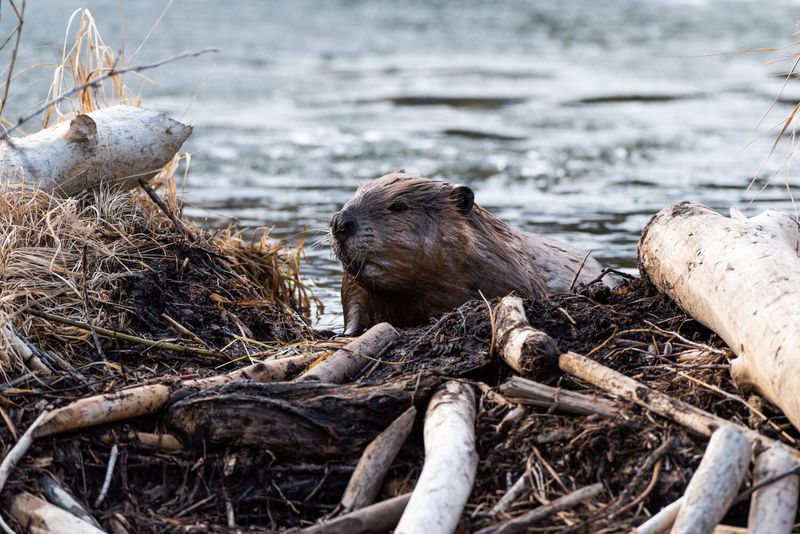
Wetlands and ponds created by beavers can serve as natural firebreaks, interrupting the spread of wildfires. The waterlogged areas provide moisture that prevents fires from advancing.
In regions prone to wildfires, the presence of beavers can be a crucial factor in protecting landscapes and properties. Their wet habitats act as barriers, reducing the intensity and reach of fires. This unexpected benefit highlights the importance of beaver activity in fire management and ecological protection.
9. Nutrient Cycling
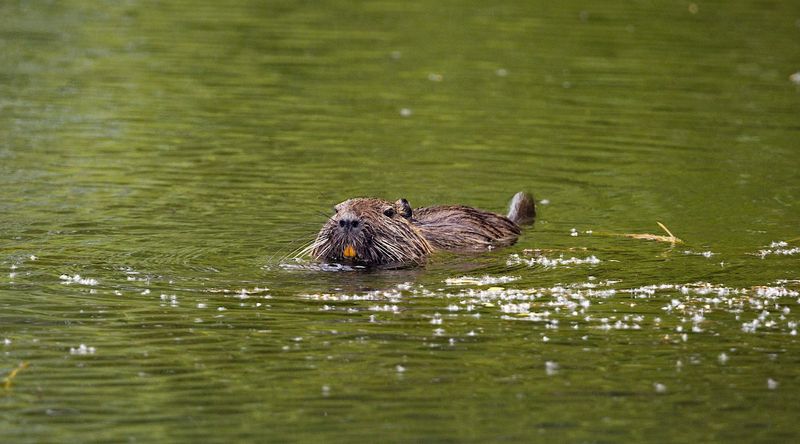
Beaver activity enhances nutrient cycling by creating conditions conducive to decomposition and nutrient exchange. Their ponds accumulate organic material, which breaks down over time, enriching the soil and water with vital nutrients.
This nutrient-rich environment supports a diverse array of plant and animal life. The ongoing cycle of nutrient deposition and uptake fosters healthy ecosystems, promoting vibrant growth and productivity. Beavers, through their ecosystem engineering, ensure nutrient availability for continued ecological prosperity.
10. Historical And Cultural Significance
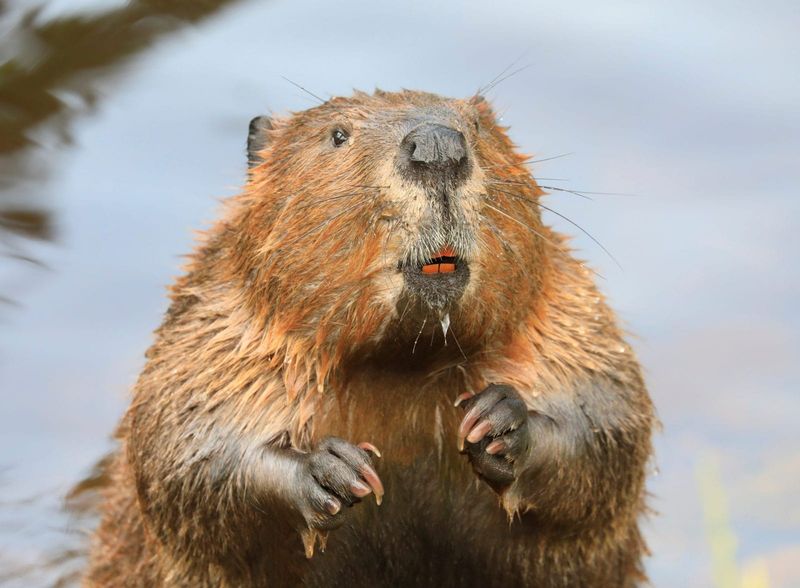
Throughout history, beavers have held cultural and economic significance. Native American tribes revered them for their role in shaping landscapes and as a resource for food and fur. The beaver fur trade was a major economic driver in North America’s early history.
Today, beavers are celebrated for their ecological contributions and as symbols of environmental stewardship. Understanding their historical context enriches our appreciation of their current ecological role, bridging the past and present in an ongoing story of nature’s resilience.
11. Educational And Scientific Opportunities
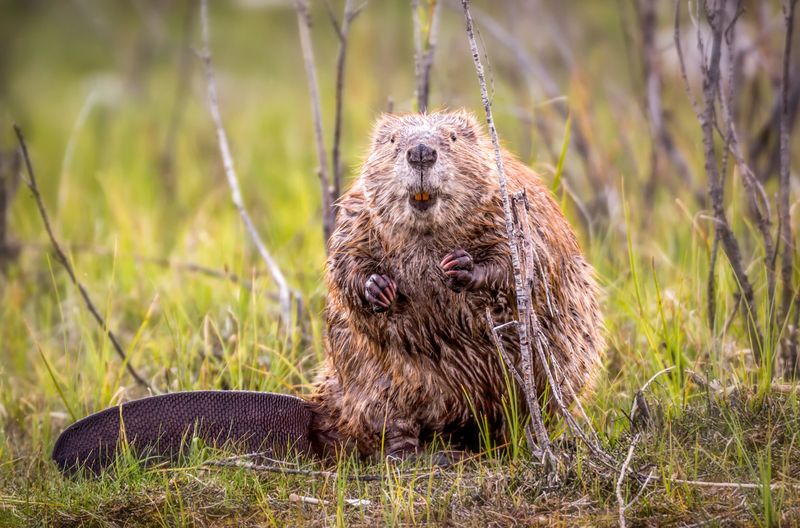
Beavers offer extensive opportunities for education and scientific research. Their complex behaviors and ecosystem impacts are subjects of study across various fields, from biology to environmental science.
Observing beavers in their natural habitats provides insights into ecological processes and animal behavior. Educational programs centered around beavers foster a deeper understanding of environmental stewardship and conservation. They serve as living laboratories, demonstrating the intricate connections within ecosystems.



